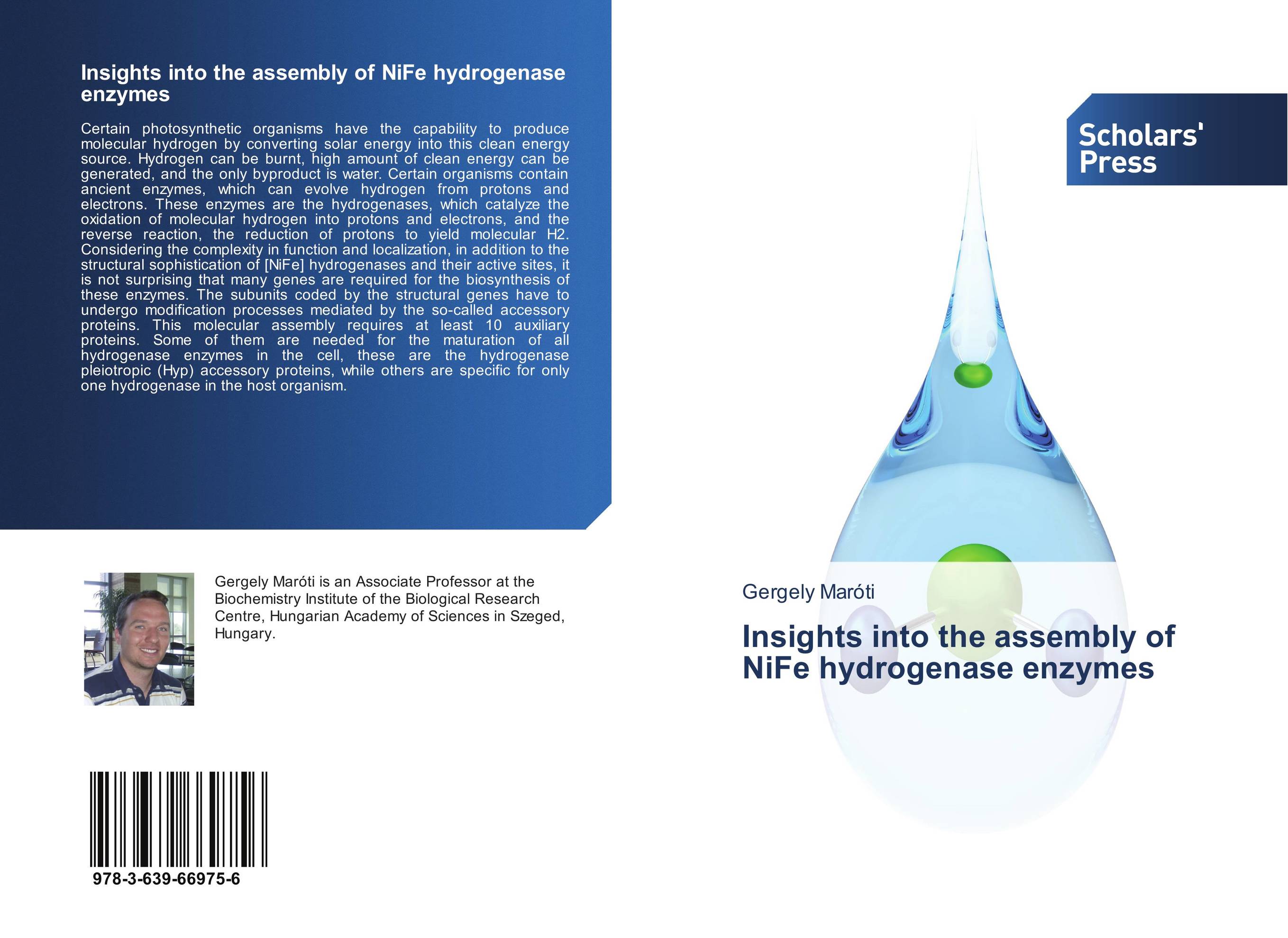| Поиск по каталогу |
|
(строгое соответствие)
|
- Профессиональная
- Научно-популярная
- Художественная
- Публицистика
- Детская
- Искусство
- Хобби, семья, дом
- Спорт
- Путеводители
- Блокноты, тетради, открытки
Insights into the assembly of NiFe hydrogenase enzymes.

В наличии
| Местонахождение: Алматы | Состояние экземпляра: новый |

Бумажная
версия
версия
Автор: Gergely Mar?ti
ISBN: 9783639669756
Год издания: 2014
Формат книги: 60×90/16 (145×215 мм)
Количество страниц: 96
Издательство: Scholars' Press
Цена: 34167 тг
Положить в корзину
| Способы доставки в город Алматы * комплектация (срок до отгрузки) не более 2 рабочих дней |
| Самовывоз из города Алматы (пункты самовывоза партнёра CDEK) |
| Курьерская доставка CDEK из города Москва |
| Доставка Почтой России из города Москва |
Аннотация: Certain photosynthetic organisms have the capability to produce molecular hydrogen by converting solar energy into this clean energy source. Hydrogen can be burnt, high amount of clean energy can be generated, and the only byproduct is water. Certain organisms contain ancient enzymes, which can evolve hydrogen from protons and electrons. These enzymes are the hydrogenases, which catalyze the oxidation of molecular hydrogen into protons and electrons, and the reverse reaction, the reduction of protons to yield molecular H2. Considering the complexity in function and localization, in addition to the structural sophistication of [NiFe] hydrogenases and their active sites, it is not surprising that many genes are required for the biosynthesis of these enzymes. The subunits coded by the structural genes have to undergo modification processes mediated by the so-called accessory proteins. This molecular assembly requires at least 10 auxiliary proteins. Some of them are needed for the maturation of all hydrogenase enzymes in the cell, these are the hydrogenase pleiotropic (Hyp) accessory proteins, while others are specific for only one hydrogenase in the host organism.
Ключевые слова: Hydrogenase, biohydrogen



